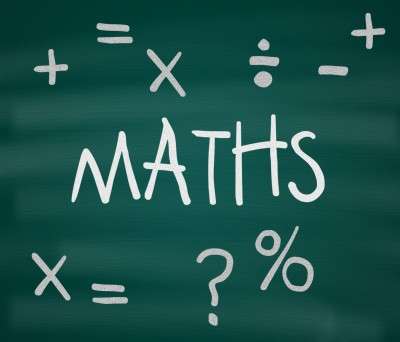Using ‘Narration’ in Maths Tutorials: A Surprising Shortcut to Success

When I began tutoring, I was struck by the amount of time spent waiting while the student wrote out their solutions. I found it frustrating, aware that precious time was ticking away, but at first concluded that it must be unavoidable. After all, if my student didn’t write out their working, how could I know whether they really understood, and how could they practise the necessary mental processes?
I have since discovered an alternative does exist, however. It is a shortcut to success because it accomplishes the same goals, but faster and at a deeper level.
It’s called Narration. The idea has a long pedigree, used instinctively for centuries by good teachers, and most clearly expounded by the 19th Century educator and reformer Charlotte Mason. It very simply means ‘telling in your own words’. The student is called upon to put ideas into their own words.
I apply this in a few ways. Firstly, as we come to a topic the student has learned at school, I ask them to tell me as much as they know about it. The way they present the information, and what they include and leave out, gives me an insight into their grasp of the topic that a simple question-and-answer exchange would not.
Secondly, after explaining a concept, I require the student to ‘tell back’ what I’ve just told them. It sounds simple, but is deceptively difficult. For example, try putting in your own words the answer to the following question: “Why do two odd numbers added together make an even number?” You’ll find that talking about maths in words rather than symbols and numbers is impossible if you don’t actually understand what’s going on!
And thirdly, I use Narration instead of getting students to write out their answers. Writing takes up valuable lesson time, especially with slower writers. Instead, the student describes to me how they would go about solving the problem. Describing each part of a multi-step problem stretches their working memory and enables them to keep in mind the whole picture.
My discovery since applying these things has been that Narration can achieve both of the goals mentioned above: I gain an insight into my student’s understanding, and they practise the necessary mental processes.
It is not the only method in the tutor’s toolbox, of course, and there is certainly a place for writing in lessons. However, used judicially, it is wonderfully time-efficient. Families get better value for money, as the student reaps the benefit of the tutor’s expertise, focusing on the actual mathematics rather than the mechanics of writing down the answers.
Elinor is a maths tutor with Newman Tuition. To book a lesson with her, or one of our other excellent tutors, please call us on 020 3198 8006, email us at [email protected], or complete the form on the ‘Contact Us’ page.